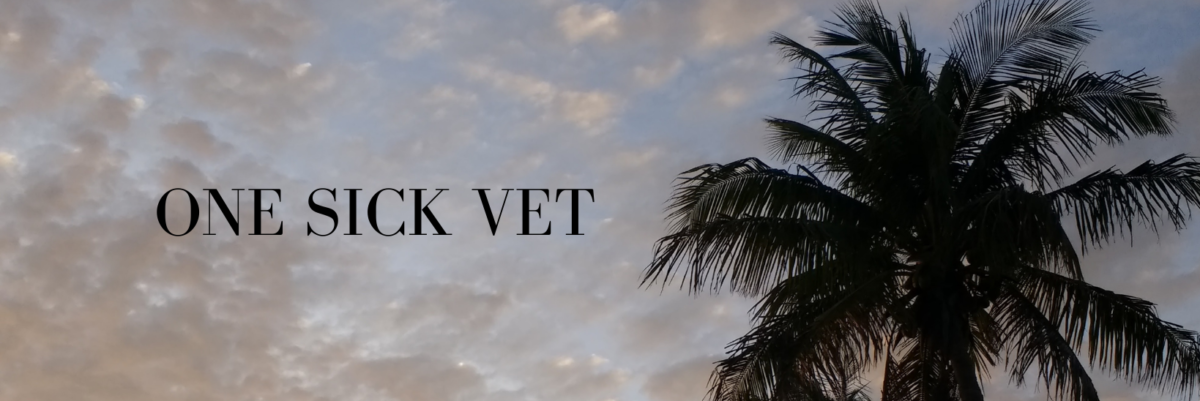[This video, created by the Mayo Clinic, shows one representation of what a visual migraine, or scintillating scotoma, can look like. Not all scintillating scotomas look like this, and they are not always associated with a migraine.]
WARNING: If you have no history of migraine headaches and you experience a scintillating scotoma, you should see your doctor, as this can be a sign of a serious health condition.
Scintillating scotomas are pretty trippy. I’m glad I had read about them before one ever happened to me, or I might have been very concerned the first time I had one.
For people who have migraine with aura, there are other physical symptoms that go along with the excruciating headache. A migraine is NOT just a “really bad headache” – it is a neurological event that can manifest in many different ways, such as cognitive impairment (brain fog) or dysfunction (unable to remember words); numbness, weakness, or tingling of body parts; balance and coordination problems; nausea; vomiting; fatigue; sensitivity to noise, light, odors, or touch; etc.
Please do not violate Wheaton’s Law and tell someone who suffers from migraines that you “sometimes get really bad headaches too.” But I digress…
One symptom of migraine aura that some people are familiar with is visual disturbances. These can be pretty spectacular. [See some examples here. (No product endorsement implied.)]
Although I have had migraines for more than 15 years, I have only had 4 scintillating scotomas. (In other words, it is not a common part of my migraine aura symptoms.) The last two I have had happened while I was using my computer. They began with slight blurriness – I wasn’t sure if my eyes were just tired, or my glasses were smudged, or something. The blurriness starts out in a very small area, maybe the size of a dime in my field of view (but just on one side).
As I am determining what is causing the blurriness, I begin to notice that it’s actually a small blind spot. And then when it begins to shimmer (usually at the same time I’m noticing the blind spot), I know for sure that I’m beginning to experience a scintillating scotoma.
Again, everyone’s experience is a bit different, but mine typically begin near the bottom of my field of view, and gradually the affected area expands and also moves slowly from the bottom of my field of view to the top of my field of view, then moves so far up that I can’t see it anymore.
I have experienced scintillating scotomas in each eye (they’re actually happening in my brain, but I’m describing the visual representation I perceive), but my scotomas never appear to be in the center of my field of view, or as if they are affecting both eyes at once.
In addition to the increasing blind spot and surrounding shimmering, I typically see jagged, zigzag designs around the perimeter of the spot. My last scotoma was more bold geometric shapes than zigzags. This portion of the image is colorful (reds, blues, greens, yellows), whereas the shimmery part is white/silver.
People who experience scintillating scotomas often describe the shape as a “backwards C.” And I have had scotomas shaped like that. But I think the shapes can vary. My last one seemed more circular, with the shapes all the way around it, rather than just on one side.
The scotoma itself is not painful, in my experience. Of course, it does disrupt whatever you are attempting to do visually. (I had my first one right after sliding behind the steering wheel of the car one day – just sat there at the side of the road until it passed.)
The first two I experienced only lasted 10-15 minutes, but the last two have been closer to a half hour. I find that I can see them better in the dark, and they’re really entertaining to watch (I guess I’m easily amused), so I now go into a dark room, lie back, close my eyes, and watch the show.
Of course, I typically get a raging migraine headache afterward, so I also take my migraine treatment medications at the beginning of the scotoma experience. That’s trippy too – try walking through your house to get to your medicine cabinet with a blind spot in your field of view and possibly some balance issues too. Then try finding your meds and taking them when you can’t really see what you’re doing due to an enlarging blind spot.
After a scintillating scotoma, some people get migraine headaches, some people don’t get the headache every time, and some people feel very weak or tired.
After the event, my vision returns to normal, although everything may seem a little blurry for a little while right afterward. Since it’s actually happening in your brain, there are no effects on your actual eyes.
During my most recent scotoma, the headache actually started during the scotoma, and my tinnitus got very loud as well during the scotoma, but then decreased significantly afterward. After the shimmering part and the colored shapes had disappeared, I still had a blind spot for about 5 minutes. Then some general blurriness, and then my vision was basically normal, although I was very light-sensitive due to the migraine.
Again, blind spots can be caused by other things, such as a retinal or optical nerve issue, so please talk to your doctor if you experience a scintillating scotoma, or a non-scintillating scotoma.
But if you experience scintillating scotoma as part of a migraine prodrome, you can probably just take your migraine treatment drugs, relax, and enjoy the show before the headache begins. That’s been my experience, anyway.
What have your experiences with scintillating scotoma been like?



